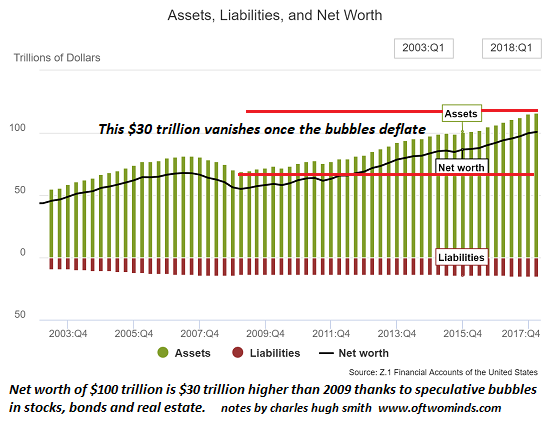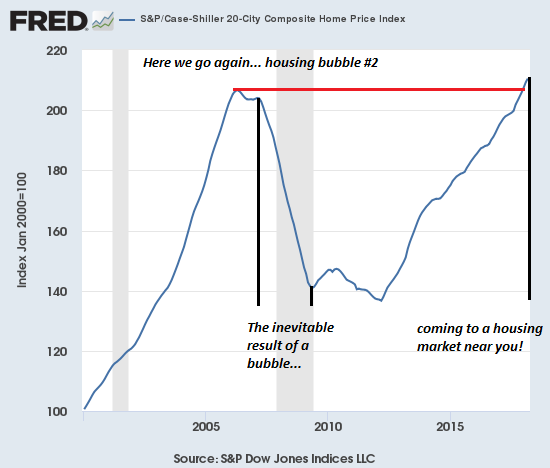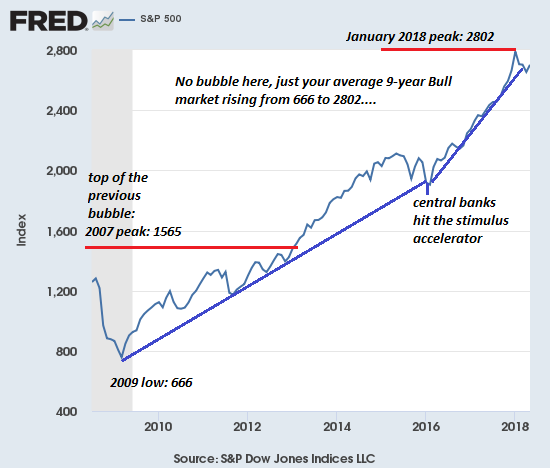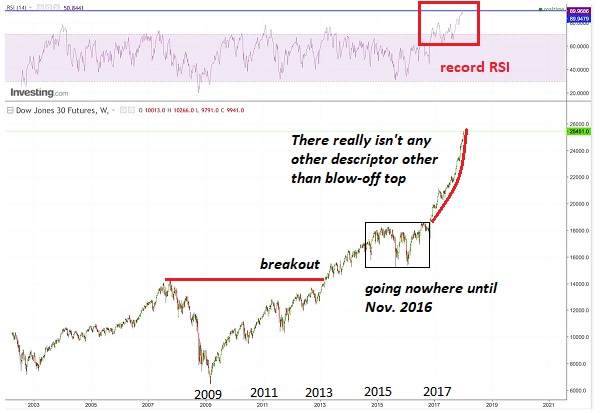In his speech on April 7 2010 at the Economic Club of New York the President of the New York Fed, William Dudley argued that asset bubbles pose a serious threat to real economic activity.
The New York Fed chief is of the view that the US central bank should develop effective tools to counter this menace.
According to Dudley, it should be the role of the Fed to stop the expansion of the bubble whilst it is still in the making.
By an asset bubble, I mean price increases (or declines) that become unmoored from fundamental valuations.[1]
Dudley is of the view that the way people trade also generates bubbles. On this, he suggests that,
Bubbles may simply emerge from the way market participant’s process information and trade. In many carefully controlled experiments in which the intrinsic value of the asset could be determined with certainty, participants still bid prices up far above fundamental valuations, with the bubbles being followed by sharp declines in prices.[2]
Furthermore, Dudley is of the view that,
A bubble is difficult to discern and, second, each bubble has unique characteristics. This implies that a rules-based approach to bubbles is likely to be ineffective and that tackling bubbles to diminish their potential to destabilize the financial system requires judgment.[3]
In conclusion, the New York Fed President has suggested,
Let me underscore the challenge that central bankers face in combating asset price bubbles. Doing so effectively requires us to be successful in both identifying the incipient bubble and in developing and implementing a response that will limit bubble growth and avert a destructive asset price crash. This is not easy because asset bubbles are hard to recognize in real time and each asset bubble is different. However, these challenges cannot be an excuse for inaction.[4]
The Fed and bubbles – is there any relation?
…click on the above link to read the rest of the article…











